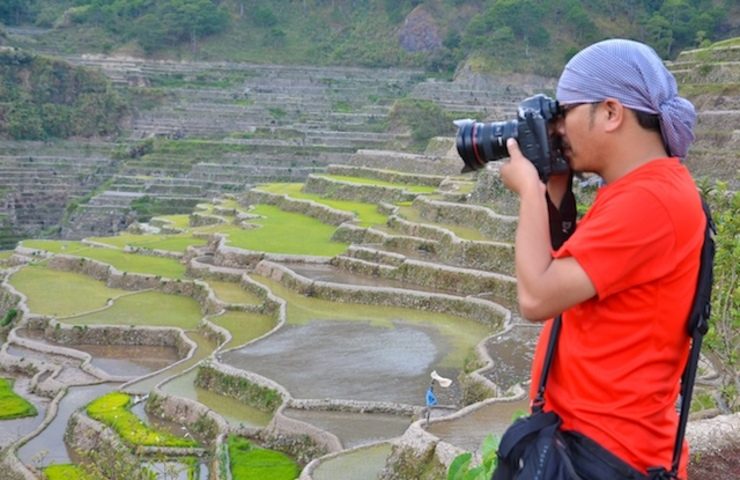SUMMARY
This is AI generated summarization, which may have errors. For context, always refer to the full article.

MANILA, Philippines – In 2015, the Cordillera Administrative Region (CAR) will be getting over P1.1 billion ($24.7 million*) for the development of roads leading to tourist destinations like the Banaue Rice Terraces.
The funds – earmarked through the convergence program of the Department of Tourism (DOT) and the Department of Public Works and Highways (DPWH) – will be used to increase economic gains from tourism-related activities in the region.
The development of these essential roads is in line with the Philippine Tourism Development Plan. With the DOT aiming to reach 10 million foreign tourist arrivals, these projects will continue until 2016, said DOT-CAR Regional Director Purificacion Molintas.
“One key factor needed in achieving the 10-million foreign tourist arrivals target is by developing the competitiveness and capacity of our airports and seaports, as well as on improving road infrastructures that connects them to the different key tourist destinations here in the country,” Molintas explained.
The utilization of the funds are broken down as follows:
| Province/Allocated Funds | Road Projects |
|
Benguet – P378.8 million |
|
|
Ifugao – P279.1 million |
|
|
Apayao – P200 million |
|
|
Mountain Province – P200 million |
|
|
Kalinga – P37.6 million |
|
|
Abra – P23.148 million |
|
There is no doubt that tourism brings income to local entrepreneurs and livelihood to communities where there are destination sites, Molintas said, but sustaining tourism through the years remains a challenge.
With more visitors expected to come during the Yuletide season, Molintas said that part of the strategy is working on the clustering of destinations, using key tourism hubs, to minimize travel time and maximize the number of places that tourists can visit in limited days during vacation.
Since 2012, the DOT-DPWH convergence program has infused over P3.3 billion for road development projects in the Cordillera to improve the tourism industry in local government units, which should translate to an increase in employment among community members.
Tourist arrivals
The National Statistical Coordination Board (NSCB) reported that tourist arrivals in CAR increased to 1,114,440 travelers in 2013, from 907,830 in 2012. (The total, however, does not include the province of Abra because no data was obtained for 2013.)
Although there was an 18% decline in overseas Filipino workers or balikbayans visiting the region, it was offset by the increase of visits from domestic and foreign visitors, by 22% and 33%, respectively.
Baguio City still had the most tourist arrivals, accounting for 75.7% of the regional total of visitors.
Mountain Province had the fastest tourist arrival growth rate in the region at 70.1% due to a big increase in domestic arrivals (73.7%) and foreign arrivals (58.8%).
Kalinga and Benguet experienced a decline of 1.9% and 32.9% respectively.
Kalinga’s total decline was attributed to the decrease in foreign travelers, while Benguet had lesser domestic tourists.
Foreign visitors, which contributed the most in the region’s tourism, were travelers from South Korea, United States, France, Germany, Japan, and Canada. – Rappler.com
* $1 = P44.525
Add a comment
How does this make you feel?
There are no comments yet. Add your comment to start the conversation.